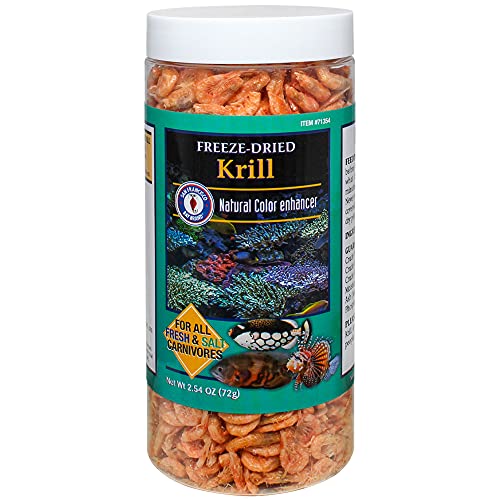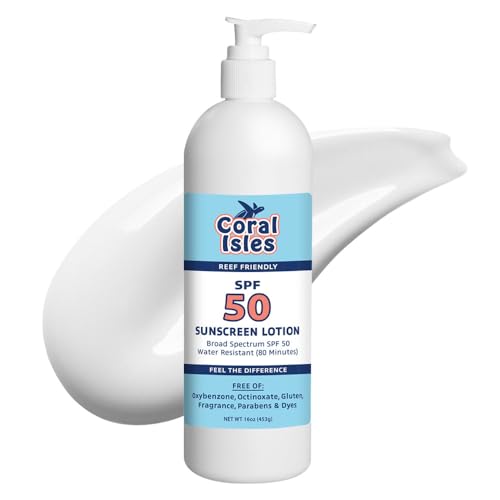looking at this after a long while, but I wanted to add a different aspect of DSB's that might be getting overlooked.
I haven't read the specific article being referenced here, but have looked at a LOT of other articles over the last 6-7 years and ran a DSB tank for 3 years. I also ran a crushed coral tank for 2 years.
It appears that people are looking at the substrate as purely a mechanical filter. In both my DSB and the crushed coral bottom aquarium, the large amount of life in the substrate made the biggest difference to me. It was different life in each, but both had very complex, very active ecosystems going. It was the web of biological interactions beyond simple bacterial colonization that made both systems fairly effective. Everytime one organizm ate another, and nutrients were recycled, broken down and reprocessed, the efficiency of the system increased.
It's great to pull the waste out of a tank with a skimmer, and my next set-up will probably have a skimmer, but not one of the huge ones that are so popular. The other main action that the diverse ecosystem supported was food production for the rest of the aquarium. I NEVER had to feed my fish, and they never starved. This includes a psychodelic mandarin fish which was always fat and happy in my little 55 gallon. We don't know what many corals eat, and try to replicate it with blended foods, Cyclopeeze, and phytoalgae, but this only starts to approach the diverse production of foodstuffs from a DSB in particular. Especially at the smaller end of the food particle size spectrum.
Anyway, just reminding people of one of the main benefits of having substrate versus simply nutrient removal. Otherwise BB and skimmer would always win hands down. Of course, BB, skimmer, and a DSB or crushed coral refugium that's as big as the main tank would be a pretty nice, but fairly cumbersome way to go!

Josh






































































